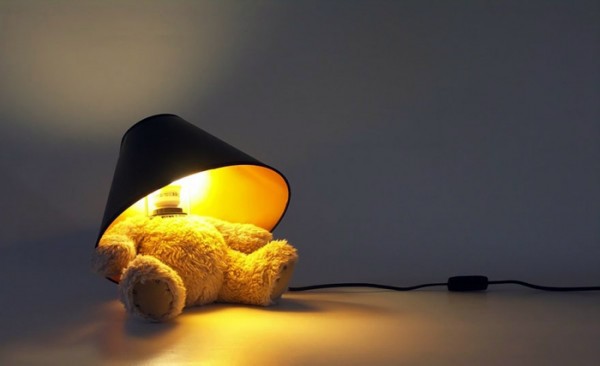Blog / 3D Creative Lighting and Shadows

Tuesday, 12 Apr 2022
3D Creative Lighting and Shadows
Lighting and shadows play a key role in 3D Animation because they convince the audience that the story is believable psychological and physical. Lighting in any 3D application is as much of an art as it is a science, and most would argue that the importance of good artistic skills outweighs the importance of good technical skills.

Given that computer graphics can not currently faithfully simulate the complex nature of the light, we are forced to use various additional lights to enrich computer graphics and skillfully, artistically simulate real-world phenomena.
To make an object visible and to create a realistic render it is necessary to set a light’s type properly and set positions of light sources, then adjust the intensity of lights, directions and light diffusions. Just a fundamental understanding of lighting can enhance the overall atmosphere and mood of a scene.

Many software options provide various types of lights that can be incorporated into your scene. Some of the pictures in this part are made to show the light very clearly. They even make the light sources look brighter with special glowing effects. You can choose types of light as a matter of convenience, after you know where you want to apply and confine your illumination, you can use whichever tool will make the light easiest for you to control.
Light cannot exist without shadows. Shadows occur when a section of an object darkens because light is partially blocked or obscured from illuminating it. They contribute contrast and depth to a scene.

Creating shadows requires as much effort and time as creating light. Imagine your lights as one part of your lighting plan and shadows as the equally vital other part. Shadows can add richness to the tones and shading of your image and improve your composition.
In addition to being important for art, understanding how to create shadows is crucial technically. Many think shadows just block our view, but they can show things we might miss otherwise.Utilizing 3D lighting and shadows effectively imbues animations with a lifelike quality. Certain architects advocate for the integration of animation into the design process, suggesting it aids in creative brainstorming during development.
why 3D Animation is important in Lighting & Shadow design?
- Visual Realism: 3D animation brings lighting and shadows to life, aiding clients in visualizing design concepts accurately.
- Space Optimization: By simulating lighting scenarios, designers can optimize spatial planning, enhancing functionality and ambiance.
- Creative Freedom: 3D animation fosters innovation, enabling designers to experiment with unique lighting techniques and shadow effects, resulting in distinctive and captivating interior designs.
Conclusion:
3D Animation in Lighting and Shadows design are crucial for interior design. Achieving a balance between technical proficiency and artistic creativity is essential. Despite limitations, various lighting techniques enhance graphics. Mastery of light and shadow not only creates immersive experiences but also plays a major role in interior design visualization.
Frequently Asked Questions

Corporate Headquarters
1st Floor, K.R. Ahamed Sha office complex, No. 25, Dr. Radhakrishnan Salai, Mylapore,
Chennai - 600 004, Tamil Nadu, India.
Flagship Events
Trending Courses
Fashion Design
Interior Design





